Space
Sign up for our newsletter
We summarize the week's scientific breakthroughs every Thursday.
-
 Planetary Science
Planetary ScienceThe asteroid Ryugu has a texture like freeze-dried coffee
Only about half of the asteroid Ryugu is rock; the rest is airy holes, a finding that could help reveal details of how the planets formed.
-
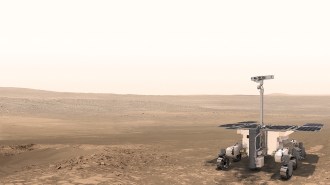 Planetary Science
Planetary ScienceCoronavirus and technical issues delay a Mars mission’s launch
The joint European-Russian ExoMars rover’s launch was postponed from July to 2022 so technicians could resolve issues with the landing equipment.
-
 Astronomy
AstronomyThe star Betelgeuse might just be dusty, not about to explode
A new study suggests that dust recently expelled by Betelgeuse is why the star dimmed suddenly in late 2019 before brightening again.
-
 Space
SpaceNew fleets of private satellites are clogging the night sky
As private companies launch dozens of satellites at a time, researchers are assessing the impact on ground-based telescopes.
-
 Astronomy
AstronomyHeavy metal may rain from the skies of planet WASP 76b
Astronomers saw hints of iron rain on an ultrahot gas giant, an exoplanet where starlike atmospheric temperatures drive weird weather.
-
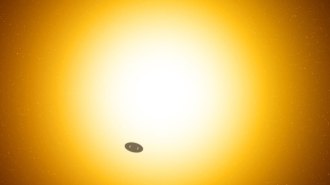 Planetary Science
Planetary ScienceSome ‘superpuff’ exoplanets may actually be ringed worlds like Saturn
“Superpuff” planets look fluffy and light. But for some of the worlds, the effect could instead be explained by large, rocky rings, a study suggests.
-
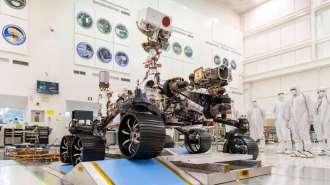 Planetary Science
Planetary ScienceMeet Perseverance, NASA’s newest Mars rover
NASA’s next Mars rover will be called Perseverance.
-
 Space
SpaceCecilia Payne-Gaposchkin revealed stars’ composition and broke gender barriers
The book ‘What Stars Are Made Of’ celebrates the life of astronomer Cecilia Payne-Gaposchkin.
-
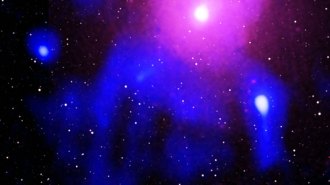 Space
SpaceA black hole eruption marks the most powerful explosion ever spotted
Hundreds of millions of years ago, a black hole blasted out roughly 100 billion times as much energy as the sun is expected to emit in its lifetime.
-
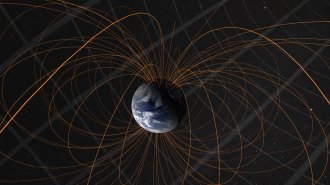 Planetary Science
Planetary ScienceAn ancient magma ocean may have once driven Earth’s magnetic field
Computer simulations of molten silicate under extreme temperatures and pressures may have just filled in a gap in the history of Earth’s magnetism.
-
 Space
Space50 years ago, scientists were studying why the sun’s corona is so hot
In 1970, scientists were hoping to learn why the sun’s corona is so hot during an eclipse. Fifty years later, the corona’s magnetic field may hold some answers.
-
 Planetary Science
Planetary ScienceChina’s moon rover revealed what lies beneath the lunar farside
China’s Yutu-2 rover found layers of fine sand and coarse gravel under the surface of the moon’s farside.